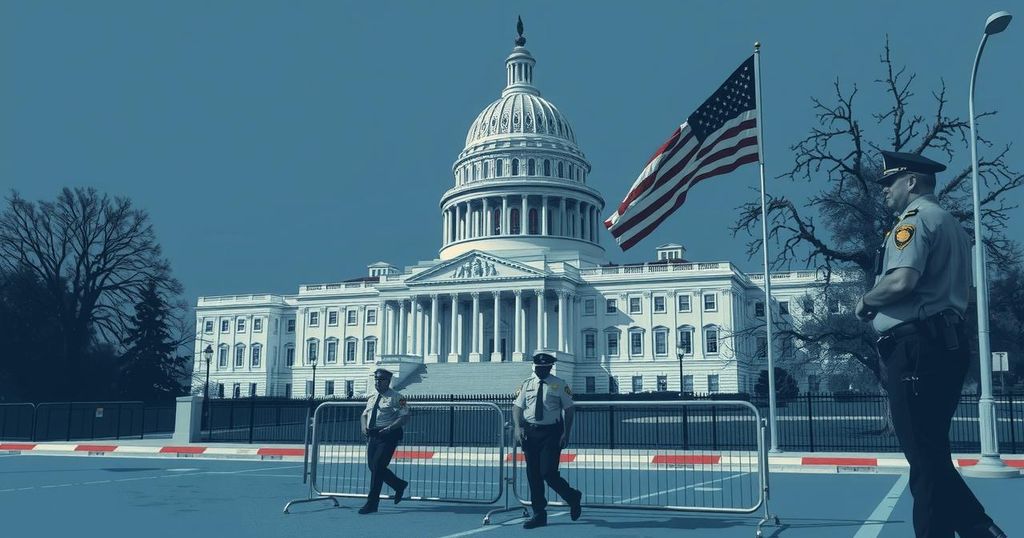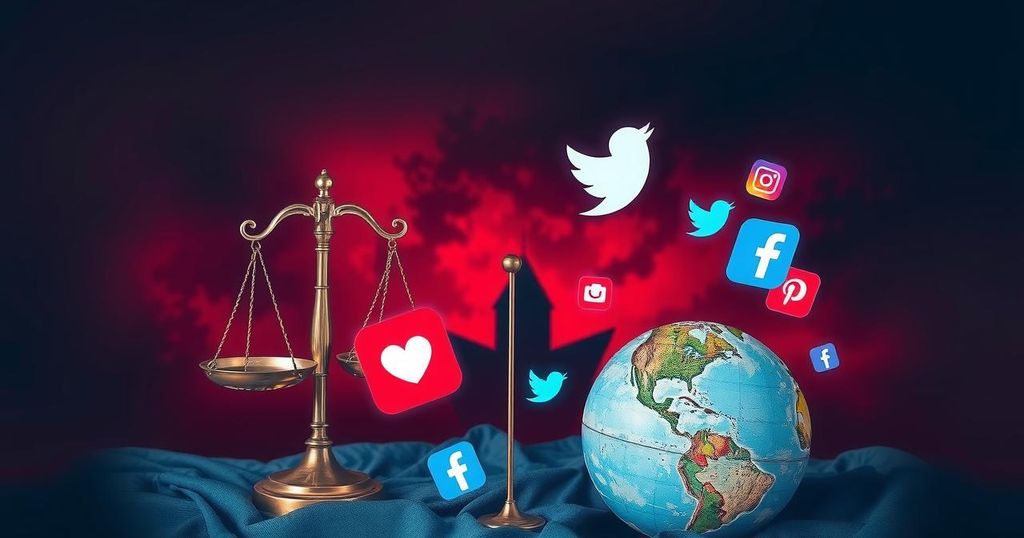U.S. Lawmakers Heighten Security Demands Amid Surge in Political Violence
Following violent incidents in Minnesota, U.S. lawmakers are pressing for improved security measures. The spate of threats against politicians underscores the urgent need for better coordination between Capitol Police and local authorities. Bipartisan calls for increased funding and support are growing, alongside personal accounts of fear from legislators about their safety. Many are taking matters into their own hands, demanding an overhaul of security practices going forward.
In the aftermath of the recent deadly shootings targeting Minnesota lawmakers, U.S. representatives are raising urgent calls for enhanced safety measures for lawmakers. Republican Rep. Dusty Johnson of South Dakota, in a drastic personal security move, has taken to sleeping with a loaded pistol. Meanwhile, Democratic Rep. Mark Pocan was shocked to learn his name appeared in writings linked to the alleged shooter while attending a protest in Wisconsin—a clear sign of rising risks for politicians.
This tragic incident has spotlighted the precarious safety of the 535 U.S. lawmakers. The violence escalates concerns previously raised regarding the ability of Capitol Police to protect lawmakers amid increasing threats, with reports showing over 9,000 threats investigated in 2024—a staggering 83% leap from the previous year. Such threats are part of a bleak trend characterized by a toxic political climate that poses unprecedented risks to public officials.
In response to this alarming situation, Capitol Police are taking steps to bolster security protocols. They plan to offer 24-hour protection for lawmakers named in the suspect’s writings, according to previously reported statements. Yet, some lawmakers are pressing for more robust measures, citing a lack of effective communication between Capitol Police and local authorities about potential threats, especially when they are back in their districts.
Rep. Tim Burchett of Tennessee has voiced his concerns repeatedly, highlighting the need for comprehensive security for members of Congress, especially when they are home. “I don’t want to go to one of my colleagues’ funerals because I didn’t speak up,” he said, underscoring a growing urgency among lawmakers. In a sobering display, Democratic Rep. Greg Landsman reflected on his own panic after learning he was mentioned in the suspect’s writings, calling for better coordination and a modernized approach to security.
The Capitol Police’s previous requests for substantial budget increases are becoming more urgent. Earlier this year, ex-Chief Thomas Manger sought nearly $1 billion aimed at expanding operations due to increased threats. A necessary justification that’s based not just on numbers, but the unique nature of protecting elected officials—a task that cannot be handled like ordinary law enforcement with its limited resources.
The scrutiny isn’t just about funding; it’s about how law enforcement structures function. House Minority Leader Hakeem Jeffries insists the responsibility of protecting lawmakers starts with House Speaker Mike Johnson, and there have been bipartisan pushes for the Department of Justice to assist with prosecutions related to threats against politicians. Still, many representatives feel the urgency is not yet matched with adequate action.
During security briefings on Capitol Hill, frustrations were palpable. Lawmakers shared personal experiences of threats, with one tearful Democrat expressing the dire need for support in addressing these alarming issues. Many feel there’s a disconnect, especially when more prominent leaders have more resources allocated to their safety, while rank-and-file members do not.
In light of the rising violence, some members are taking security into their own hands. GOP Rep. Derrick Van Orden, a retired Navy SEAL, stated plainly, “If the United States House of Representatives cannot protect my family, I will. Period.” A sentiment shared by others who question the level of commitment from leadership in securing their safety.
Several past incidents, including the attempted assassination of Rep. Steve Scalise and the attack on Paul Pelosi, have only intensified worries. Despite these heightened risks, many lawmakers remain steadfast in their commitment to serving the public. However, the underlying unease lingers—whether the risks involved in serving are becoming too great.
While Capitol Police are exploring options to create a more coordinated plan for member security, experts warn that overhauling operational protocols will take time and funding. Without this change, protecting lawmakers adequately, especially when they are back in their districts, seems daunting—not to mention unrealistic given current resource limitations.
In summary, the wave of violence faced by lawmakers in Minnesota has sparked urgent calls for enhanced security measures in Congress. With reported threats on the rise, many legislators feel vulnerable and inadequately protected—not only during their time in Washington but also when they return home. Bipartisan efforts are gaining momentum, however, concerns remain about the current coordination and operational approaches of Capitol Police. Lawmakers are increasingly taking personal security into their own hands as they insist on a more substantial and systematic response to ensure their safety and that of their families.
Original Source: www.cnn.com




Post Comment